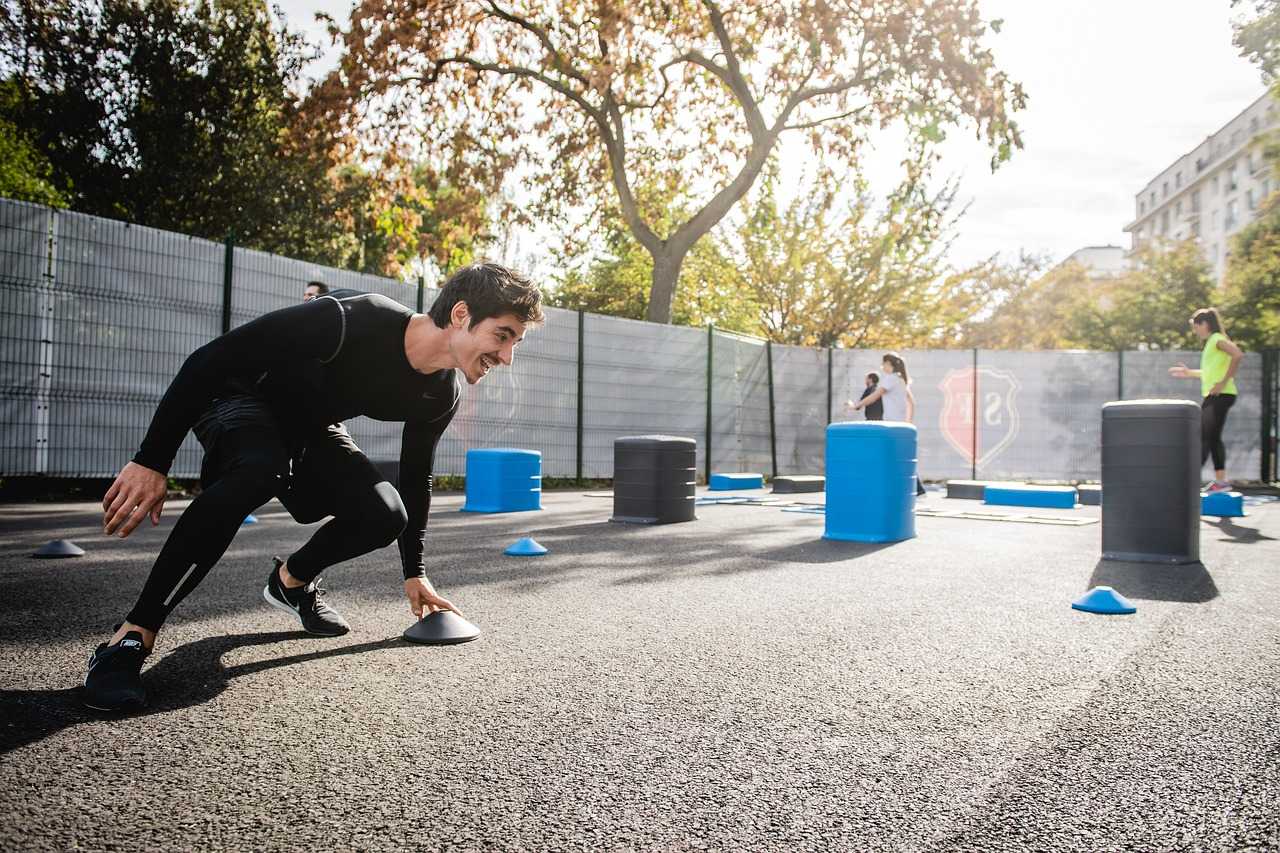The Ultimate Guide to Your High Intensive Interval Training
So, high intensive interval training seems popular, but it is nothing new. Is it creating fair play worldwide, or is it the latest trend in fitness? But what does it mean? Intense Work out until you reach the level of complete exertion or until you vomit? Or something less resilient but apparent enough that you can't speak.
High-intensity exercise is a method in which training and breaks are alternated. It is based on the maximum heart rate when training. The maximum heart rate of about 80 to 90% is the right intensity, but it depends on age and physical strength.
How strong should High-Intensity Interval Training be done?
-
The maximum heart rate shows the strength suitable for this training, so start from a slightly lighter degree at first and accumulate the load gradually.
-
The Training is said to enhance cardiorespiratory function and effective muscle building. It takes in a large amount of oxygen after exercise, so cardiorespiratory movement is active, and it is easy to have endurance by improving its function. In addition, it can train the muscles called quick muscles that cause instantaneous power.
-
It is said that there is an Afterburn effect in which fat burning becomes active after training and will continue to flourish even after exercise.
Factors under consideration
The most concerning elements are how intense your workout is? So it's the need of the time to do it right. Although most trainers or coaches recommend moderately intense exercise most of the time, working with high-intensity interval training can help you burn the same calories in half the time and improve the overall fitness level.
How to Measure Intensity
Well, we don't have any hard and fast conventions to measure the level of high intensive interval training. Still, we can evaluate or perceive the level of hardness by certain hypothetical but genuine parameters:
Speech Test–If you're pushing it hard, you can hardly speak a word or two.
Perceived Perception–Studies have successfully shown that the perceived exertion can strongly reflect or suggest what your heart rate does. This means that if you feel that your exertion is high, then it is likely that your heart rate is also high.
Tips for doing High Intensive Interval Training
- Start with a slightly tighter intensity and do it a few times a week. Please don't overdo it from the beginning.
- Strength suitable for high-intensity exercise is a level that feels tight when you are exercising and your breath rises.
- So, high intensive interval training is effective by continuing even for a short time, so it is meaningless to stop immediately. To continue for a long time, start with a slightly tight workout.
- It is important to continue the training, but studies show that it is not good for the body to do it without taking a rest every day. Because it performs high-intensity training, doing too much may adversely affect the lower limbs.
- The risk of injuries, such as sprains due to damage to joints and tendons, increases. High-intensity training can cause minor muscle injuries.
Strengthens muscles
Aerobic exercise, such as running for a long time, such as marathons and swimming, has been suitable for training endurance. However, even if you do not keep exercising for a long time, it is said that it can be equally effective just by repeating high-intensity training for a short time, such as for a few minutes. In addition, aerobic exercise may cause muscles to decompose and decrease because sugar in the blood is used as energy after a certain period. In this way, high intensive interval training has various effects such as reducing muscles, increasing fat, and increasing endurance with short training.
